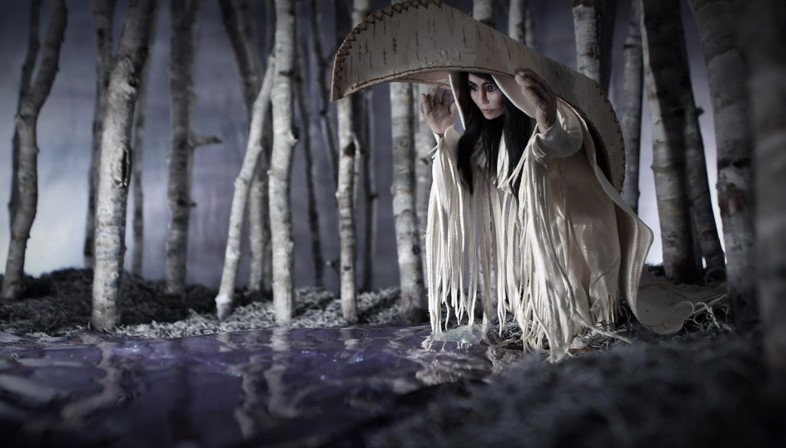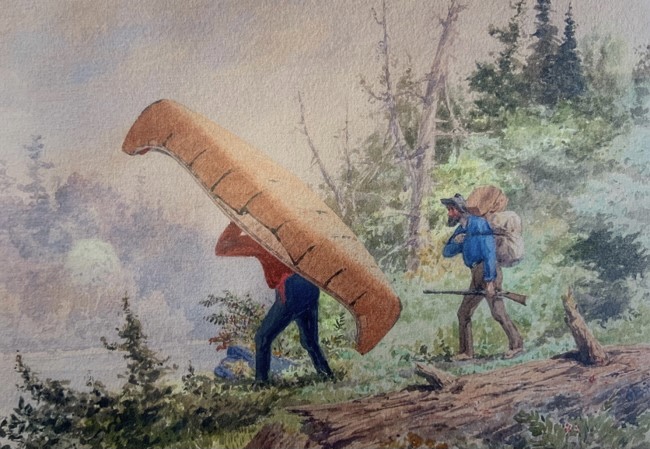
A multimedia canoe collection is on display at the Remai Modern from Jan. 29 until May 8 as part of a collective effort to show the historical significance of how the transport vessels shaped the prairies.
Canoes have long been a mode of transportation for Indigenous peoples in Canada. Carefully crafted using locally-sourced materials, canoes were made in different styles depending on the geographic area. Birchbark canoes were popularized in Saskatchewan, while farther west, dugout canoes were used more frequently. When Europeans arrived, they also used canoes to navigate the land to establish early fur trade routes in Saskatchewan.
Michelle Jacques, chief curator of Remai Modern, thinks that “Canoe” uses Indigenous works to create an educational narrative.
One of the works on display in “Canoe” is the film My Last Canoe, made by Lac La Ronge Indian Band members Isaiah and Annie Roberts decades ago. In the 28-minute film, produced in Cree and English, the Robertses demonstrate their process for making a birchbark canoe.
An augmented reality version of the canoe made in the Roberts’ demonstration is on display alongside the film. The USask Shared Spaces team created the model.
“[The film is] one of the things that we’ve included in the exhibition as a sort of educational piece to help visitors make the connection between canoes and art history and the importance of canoes in Saskatchewan,” Jacques said.
In 2020, the canoe that the Roberts built had been found stored in the Archaeology Building at the University of Saskatchewan. It was unclear to faculty of the department why the canoe was there, but to respect a commitment to reconciliation, it was returned to the Roberts’ hometown in Oct. 2020.
Other Indigenous viewpoints brought into the exhibition include the film How to Steal a Canoe by Amanda Strong, a Métis filmmaker, which shows how respecting Indigenous ownership of cultural property is important to reconciliation.
In Strong’s four-minute stop-motion film, a Nishnaabeg woman and man take a canoe from a museum display and return it to the lake where it is said to belong.
Another work in the exhibit, Lucius O’Brien’s “End of the Portage,” is a watercolour piece of two settlers entering the water with canoes on their backs.

Painted in 1875, O’Brien’s piece shows how canoes have shaped the history of Canada by enabling the exploration of the interior regions in Canada by settlers, which facilitated the settlers’ profit of the fur trade while displacing Indigenous peoples in the process.
“We look at all the different canoe forms in this exhibition and think through how old this Indigenous knowledge for making these vessels is and how much it’s been adapted into the so-called Canadian way of life and contemporary times,” Jacques said.
Jacques feels that the exhibit is an educational opportunity — not only artworks that are beautiful to look at, but something that is eye-opening to the history of Canada.
“I really love exhibitions that have not just a lot to look at, but have strong educational narratives. I think there’s a lot to see and learn in this exhibition,” Jacques said.
—
Annie Liu | Staff Writer
Photos: